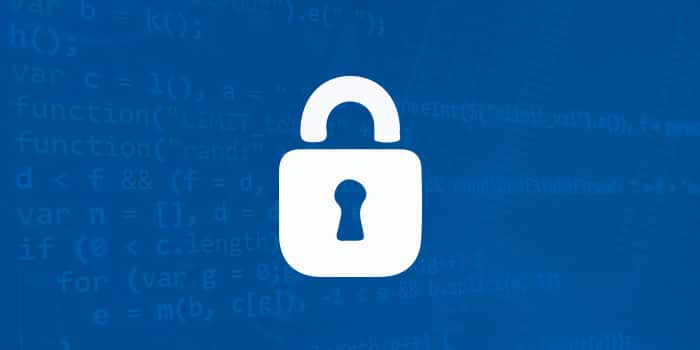
Because of how technical IT is, regular folk who lack expertise in this field can feel that they are at the mercy of both the hackers and the ones who fight the hackers. Additionally, lack of awareness and understanding makes people easily believe cybersecurity myths that can do more harm than they realise. If you’re worried that you’re holding onto untruths, then read on. Let us correct some of the most popular ones for you.
Myth #1: My data isn’t worth stealing, so I don’t have to worry about hackers.
Reality check: Firstly, one man’s trash is another man’s treasure. Secondly, it’s not always just about you.
More often than not, thinking that personal data isn’t valuable is often an error in valuation — and there are many others who won’t make that mistake. You might think that the username and password for your email mean nothing, but if you use the same credentials for other online accounts, then you’re in trouble. Hackers who have stolen information from you can either use it for their own nefarious purposes or sell it on the dark web for others to malappropriate.
From there, they can make online purchases in your name, sell compromising selfies to sleazy publications, or lock you out of your very own social media accounts.
Another thing that people fail to realise is that cybercriminals might just use them as stepping stones for more lucrative targets. If you use your smartphone for work and your device gets infected with malware, you can end up infecting your company’s entire network and causing massive breaches of customers’ data.
In short, lax attitudes are what many cybercriminals rely upon to hack systems successfully. Everyone in your organisation must therefore care more about data security, not just for their own sake, but for the sake of every stakeholder as well.
Myth #2: I don’t have a PC or laptop, so I can’t be hacked.
Reality check: “There are more things in heaven and earth, Horatio, than are dreamt of in your philosophy.”
In this age where refrigerators can send an alert to your phone saying that its door is ajar, we are becoming connected to more and more devices. The Internet of Things (IoT) is becoming more commonplace and is making our lives easier, but if a device has an operating system, it can become a portal for hackers.
For instance, children’s dolls equipped with webcams can be used by creeps to watch kids sleep. Prior to major security overhauls, cars were vulnerable to virtual hijacking. And the fridge that tells you to go back home to shut its door? It might be a cybercriminal’s lure to trap you inside your own house. Long story short: Hackers can attack more than just regular computers.
Connected devices have default passwords for the accounts you’ll use to link such machines to a primary control console. DO NOT RETAIN those passwords as those may be generic and widely known. To be more secure, always replace default passwords with unique and strong ones.
Myth #3: My staff and I use strong passwords, plus we’ve installed the latest antivirus program. Therefore, we have sufficient cybersecurity protection.
Reality check: Just. No.
Hackers today have machines and software strong enough to enter millions of access credential combinations rapidly to crack into accounts, keyloggers that record what users type to log in to their accounts, and phishing tactics that fool account holders into entering their access credentials into fake login pages.
While strong passwords are good to have, these are not enough to keep accounts safe. You need extra layers of security in the form of multifactor authentication (MFA) so that hackers don’t immediately get to access your accounts, even if they have the proper credentials.
In a similar fashion, having the latest antivirus program is crucial, but it is not sufficient. Such software is often only reactive, capable of dealing with known threats, but is largely ineffective against brand new ones. To cover the gap that antivirus programs leave open, you need proactive monitoring software. This uses machine learning to familiarise itself with normal network behaviour and alert you of suspicious activities.
Don’t fall into a false sense of cybersecurity by believing in myths. For real and comprehensive protection, turn to our IT specialists at Austin Technology.


